10 invasive species to watch out for across Indiana
From weird little bugs to foul-smelling trees, Indiana is home to many living things that don't belong here.
The Indiana Department of Natural Resources lists several plants, animals, diseases and pathogens that are considered invasive threats. It includes plants, animals and diseases not native to the state which "have or are likely to cause environmental, human health, or financial harm in Indiana."
Beware: That plant you're purchasing may not be allowed in Indiana
Below are just a few of the invasive plants, animals and insects found in Indiana.
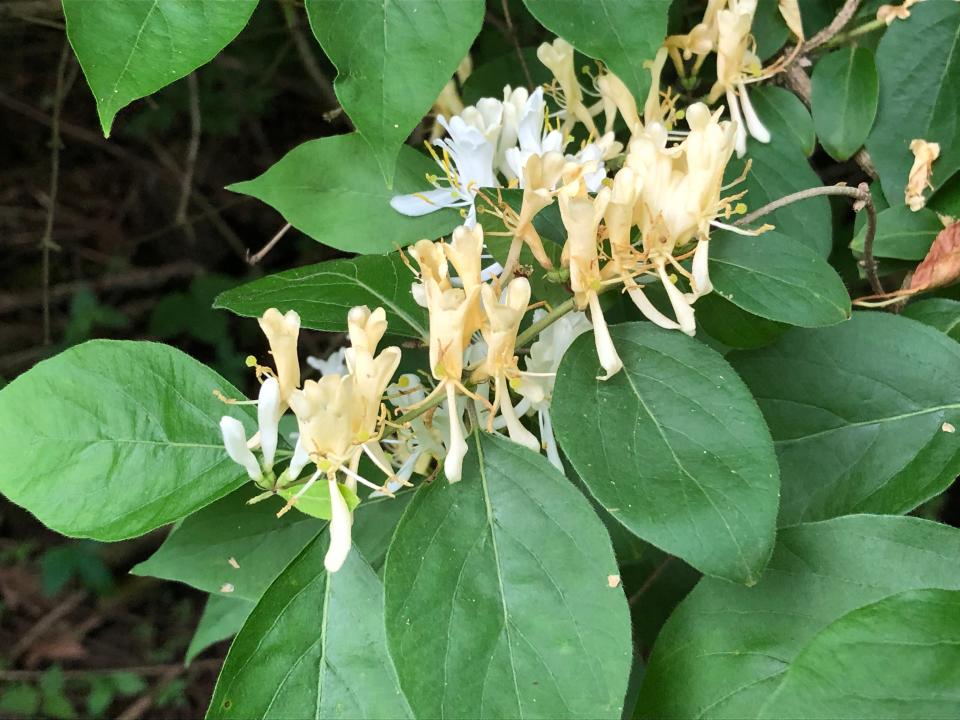
Asian bush honeysuckle
Varieties of invasive Asian bush honeysuckle include Amur, Tatarian, Morrow's, Bell's and Japanese honeysuckle plants.
More: Asian bush honeysuckle threatens native species. Here's how to eradicate it.
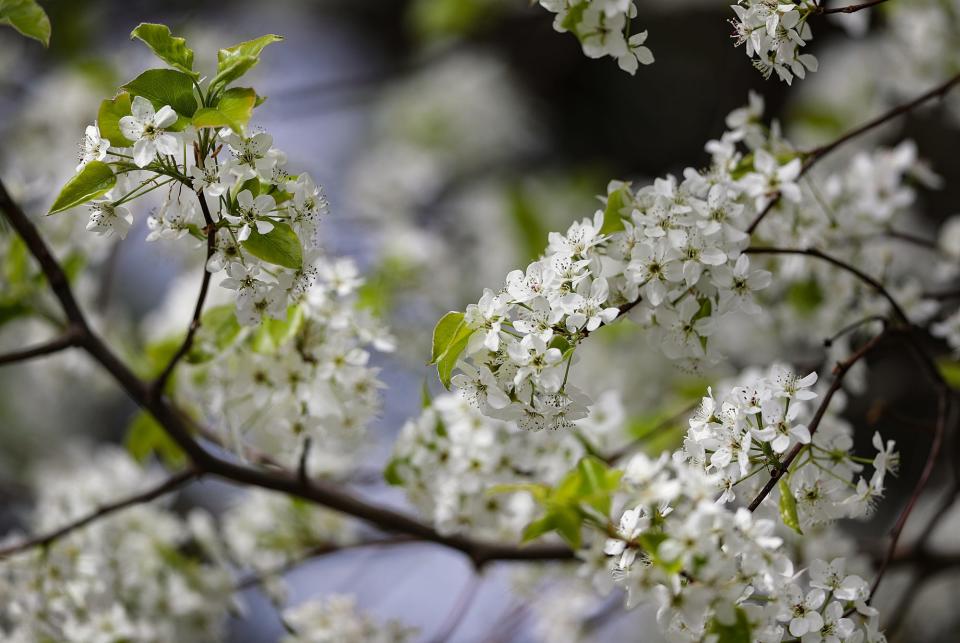
Bradford pear tree/Callery pear
Callery or Bradford pear trees were imported to the U.S. in the early 1900s, and known for their use in landscaping.
The tree people love or hate: Carmel taking long-term approach to replacing Callery pears
Pretty? Smelly? Those white-flowered Callery pear trees are crowding out native species
Callery pear trees: Callery pear trees release noxious odor all over South Bend and beyond
Copi/Asian carp
The Asian Carp, recently renamed Copi, is known for crowding out native species in waterways.
What's in a name? Asian carp get a new, more palatable name
Emerald ash borer
These shiny green beetles dig into their trees, depositing their larvae and eventually killing the affected trees.
Emerald ash borer: They're green and half an inch long. And they're killing all of Evansville's ash trees.
Jumping worms
These squiggly pests look a little like earthworms, but move a lot different.
Scrub Hub: Are humans helping invasive jumping worms spread? Sadly, the answer is yes.
Invasive species: TikTok on invasive Asian jumping worms goes viral. Are they in Indiana?
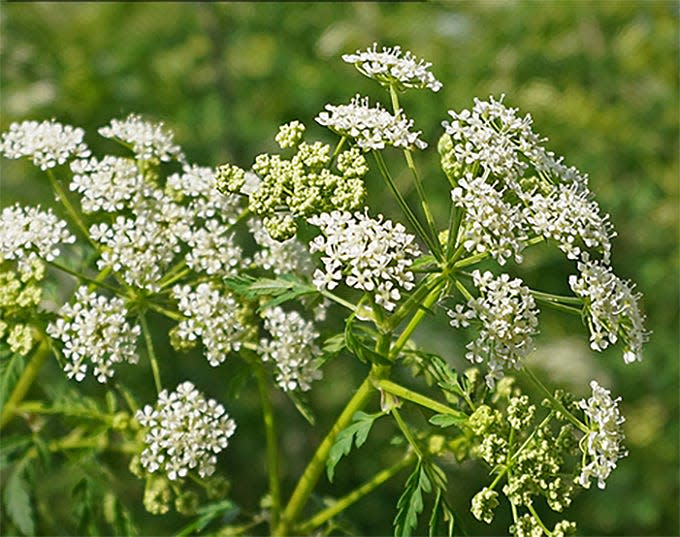
Poison hemlock
It's often mistaken for Queen Anne's lace, but poison hemlock is toxic.
It killed Socrates: This plant is flowering now and it can cause serious burns
Poisonous plants: Poison hemlock is invading Indiana. It's not alone.
More: How to identify the deadly hemlock plant
Spongy moth
Gypsy moths were accidentally introduced to the U.S. in the 1800s and have spread westward, landing in Indiana in the 1990s.
Scrub Hub: The spongy moth is 'devastating' forests across U.S. and it's coming to Indiana
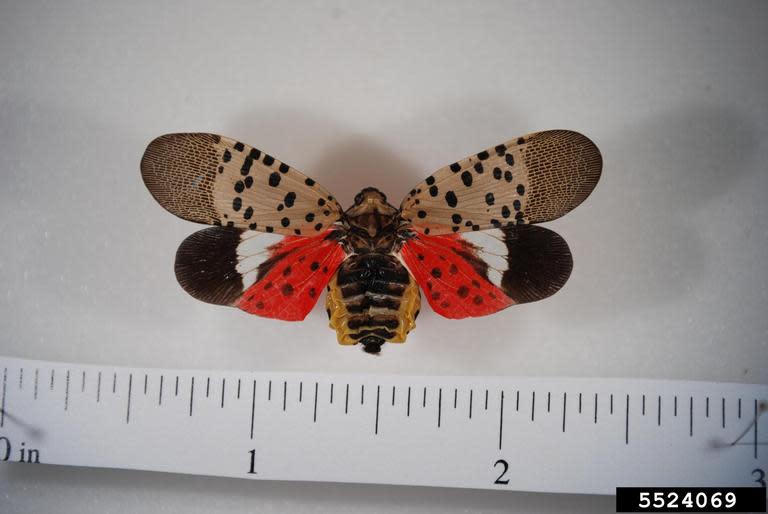
Spotted lanternfly
Spotted lanternflies only recently made their way to Indiana. Experts recommend reporting them; and also stomping on them.
Spotted lanternfly: A pair of lovable dogs are on the frontline of Indiana's fight against a new invasive pest
Scrub Hub: What is a spotted lanternfly? And how can you help stop the invasive insect?
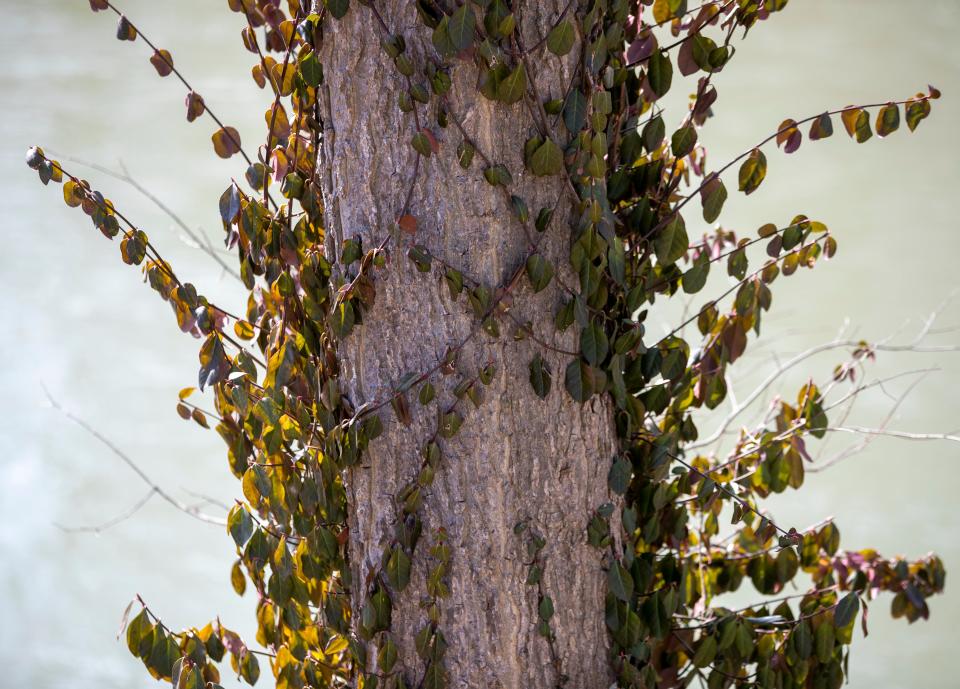
Wintercreeper
Wintercreeper creeps, exactly as its name would imply, preventing other plants from thriving.
More: What happens if you don't remove these invasive plants lurking in your Indiana yard
Zebra mussel
Moss balls used in aquariums could come with these stowaways.
Have an aquarium? Here are the 5 things to know about invasive zebra mussels in moss balls
This article originally appeared on Indianapolis Star: Indiana invasive species: 10 plants and insects to watch out for

